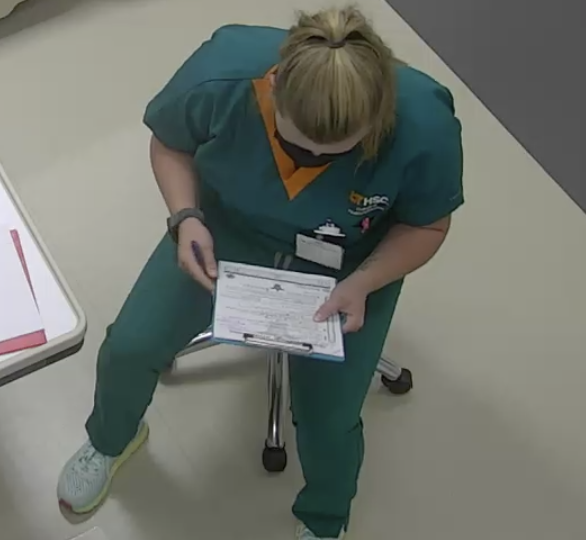Myasthenia Gravis

After watching Holly’s story about being diagnosed with Myasthenia Gravis, it is clear to see how hard she has struggled to advocate for herself. It is very discouraging to go to the doctor only to be ignored and belittled. After years of being told there is nothing wrong, it makes one question their own body. Being a mother of seven children, not being able to simply prepare a meal for your family can be defeating in itself. She lost her independence in every aspect in life. Soon after, Holly started having random spells of choking, double vision, fatigue, dysphagia, and dysarthria. The doctor finally diagnosed her with Ocular Myasthenia Gravis in August 2015, which was later changed to Generalized Myasthenia Gravis. All the symptoms that had progressed are textbook signs of MG that we have learned in our Neurological Aspects course. If the doctor would have spent more time getting to know the patient, Holly would not have had to struggle for as l...





